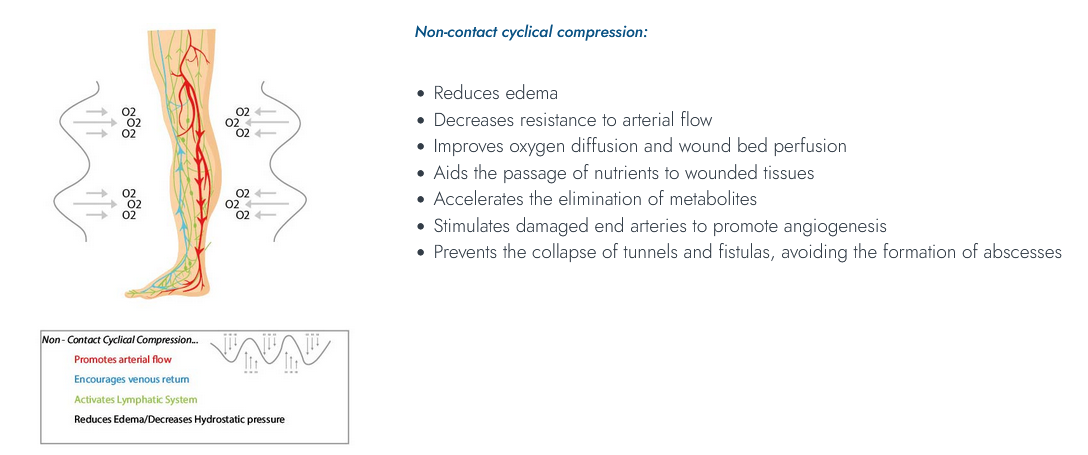Normal
0
false
false
false
EN-US
X-NONE
X-NONE
/* Style Definitions */
table.MsoNormalTable
{mso-style-name:”Table Normal”;
mso-tstyle-rowband-size:0;
mso-tstyle-colband-size:0;
mso-style-noshow:yes;
mso-style-priority:99;
mso-style-qformat:yes;
mso-style-parent:””;
mso-padding-alt:0in 5.4pt 0in 5.4pt;
mso-para-margin-top:0in;
mso-para-margin-right:0in;
mso-para-margin-bottom:10.0pt;
mso-para-margin-left:0in;
line-height:115%;
mso-pagination:widow-orphan;
font-size:11.0pt;
font-family:”Calibri”,”sans-serif”;
mso-ascii-font-family:Calibri;
mso-ascii-theme-font:minor-latin;
mso-hansi-font-family:Calibri;
mso-hansi-theme-font:minor-latin;
mso-bidi-font-family:”Times New Roman”;
mso-bidi-theme-font:minor-bidi;}
Managing these ulcers requires a meticulous approach focused on wound care, diabetes management, and preventive measures to foster healing and prevent complications.
Diabetic leg ulcers often arise due to a combination of factors such as neuropathy, poor circulation, and immune system impairment. Addressing these ulcers demands a multifaceted strategy tailored to the specific needs of diabetic individuals.
Key elements defining effective diabetic leg ulcer care include:
- Diabetes Management: Controlling blood sugar levels through medication, diet, and lifestyle modifications is crucial. Elevated glucose levels can hinder the body’s ability to fight infections and impede the healing process.
- Wound Bed Preparation: Optimal wound care involves keeping the ulcer clean, applying appropriate dressings to foster healing, and managing infection risks. Debridement may be necessary to remove necrotic tissue hindering healing.
- Offloading Pressure: Reducing pressure on the affected area aids in healing. Techniques like using specialized footwear, padding, or orthotic devices help minimize stress on the ulcerated area.
- Multidisciplinary Collaboration: Collaboration among healthcare professionals, including podiatrists, wound care specialists, endocrinologists, nurses, and dietitians, ensures a comprehensive approach tailored to the unique needs of diabetic patients.
Preventing recurrence through ongoing diabetes management, patient education on preventive measures, and lifestyle modifications are crucial aspects of diabetic leg ulcer care. Educating individuals on proper foot care and the significance of early intervention plays a pivotal role in preventing complications.
Investments in research, education, and innovative interventions underscore a commitment to advancing diabetic leg ulcer care. Ongoing developments aim to enhance wound healing, reduce complications, and improve the quality of life for individuals affected by these ulcers.
Managing diabetic leg ulcers demands a comprehensive, proactive, and collaborative approach, emphasizing the importance of diabetes control, wound care, and preventive measures to mitigate the impact of diabetes on ulcer healing and recurrence.


